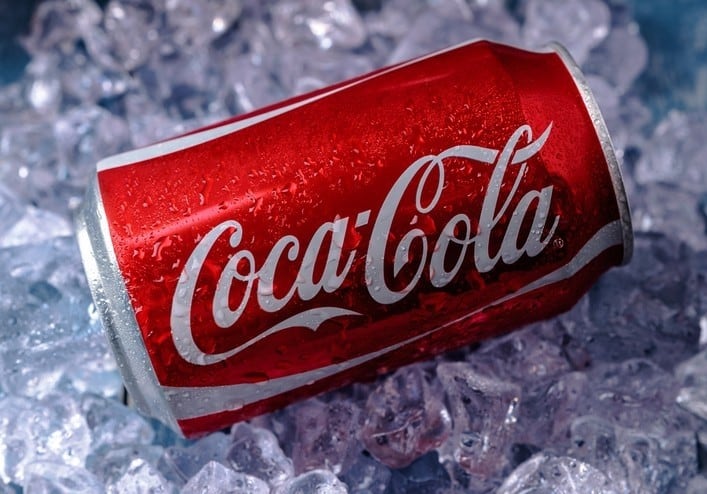Major launches so far have included Rimzim (a carbonated drink made from cumin spice or Jeera Masala) and various products under the Minute Maid brand that utilize local fruits.
“As part of Coca-Cola India’s hyper-localization strategy, we are advancing the beverage localization and developing an ethnic beverage portfolio to suit the palates of consumers in distinct regions of India,” a Coca-Cola India spokeswoman told FoodNavigator-Asia.
“[Of particular mention is] Rimzim, where [Jeera (cumin)] forms an integral part of our culture [and is formulated to be] closer to consumers’ taste palates.”
“[Our Minute Maid products are also important to this ethnic portfolio, such as] Colour in Tamil Nadu [made from] Southern Indian Honeyball/Panneer grapes, [and] Litchi Treat launched in West Bengal, Bihar and Jharkhand [as] consumers in East India have a special love for litchis.”
As for why Coca-Cola India has opted to take a traditional route in its NPD, the spokeswoman said that this was because ethnic beverages ‘recreate the magic’ of home-made Indian beverage formulations into packaged forms.
“Also, there is a robust demand across India for such beverages. [More and more] consumers are leaning [towards] familiar ingredients and flavors cueing known kitchen logics,” she added.
Coca-Cola India and Southwest Asia CEO T. Krishnakumar concurred, telling Bloomberg that: “You have 29 states, which are virtually 29 countries. People speak different languages, have different food and beverage habits, have different motivations for consuming food and beverages.”
He estimated the value of the India juice market at some US$3.6bn in India, with 72% of this coming from small eateries and stalls.
According to data from Indian consultancy firm Technopak Advisors, demand for packaged ethnic beverages as a whole has grown 32% since 2016 – three times the growth rate of regular carbonated beverages.
Upcoming ethnic products
Amongst the more unique ethnic beverage products that Coca-Cola India is looking at is aam panna, or spiced raw mango.
Known as a ‘cooling’ beverage that locals, especially in north India, consume to fight off the effects of the hot summer season, aam panna is traditionally made from raw mangoes, sugar and various spices.
Its beneficial claims include gastrointestinal disorders treatment and increasing resistance against tuberculosis, cholera and anaemia. Due to its raw mango component, it is also high in pectin and various vitamins.
According to Krishakumar, Coca-Cola’s version of aam panna will be released ‘in time for summer’.
Other interesting upcoming Coca-Cola India concoctions include Indian yoghurt drink lassi and spiced buttermilk, which will be made available by 2020.
Another potential area that the company will be dabbling in is that of traditional Indian healing system Ayurveda, practised in the country for thousands of years.
“Ayurveda delivers multiple benefits, like relaxation, better sleep,” said Krishnakumar.
"We are working on these segments."
Coca-Cola in India
India was previously named by Coca-Cola James Quincey as one of the top three markets for the company. It ranks sixth in terms of volume worldwide, and is expected to reach the fifth spot by the end of 2019.
“In India, we will play in sparkling, juice, juice drinks, dairy and water and enhanced water categories,” said the Coca-Cola spokeswoman.
“We [will] therefore have a range that includes products with functional benefits, products that are indulgence or just for refreshment, diets and lights offerings and products that are sugar sweetened.”
“[Eventually], it is for the consumers to decide [what new products they want to see in India]. Overall, we are witnessing a well-balanced growth across our portfolio.”
The company has also placed a great deal of focus on its Fruit Circular Economy initiative, which is in tandem with the ethnic drinks focus.
As part of this, Coca-Cola India announced in June 2017 that it would be contributing US$ 1.7bn to develop India’s agricultural ecosystem over the next five years along with its associates.
In a video on the company’s website, Asim Parekh, Vice President, Fruit Circular Economy, Coca-Cola India said: “One of the biggest problems we are facing is that 50% of the population is involved in agriculture, [but then] income is not keeping in pace with the rest of the sectors.
“That is the reason we have huge stress in this 50% of the population. The Fruit Circular Economy is our way of making a difference to the Indian fruit farmers.”
“[Players along the fruit supply chain are] not connected well. This means the [fruit] juices are not moving in the circle, hence the value is not moving the other way [towards the farmers]. This is why we decided to use locally produced juices, [to connect the circle].”





